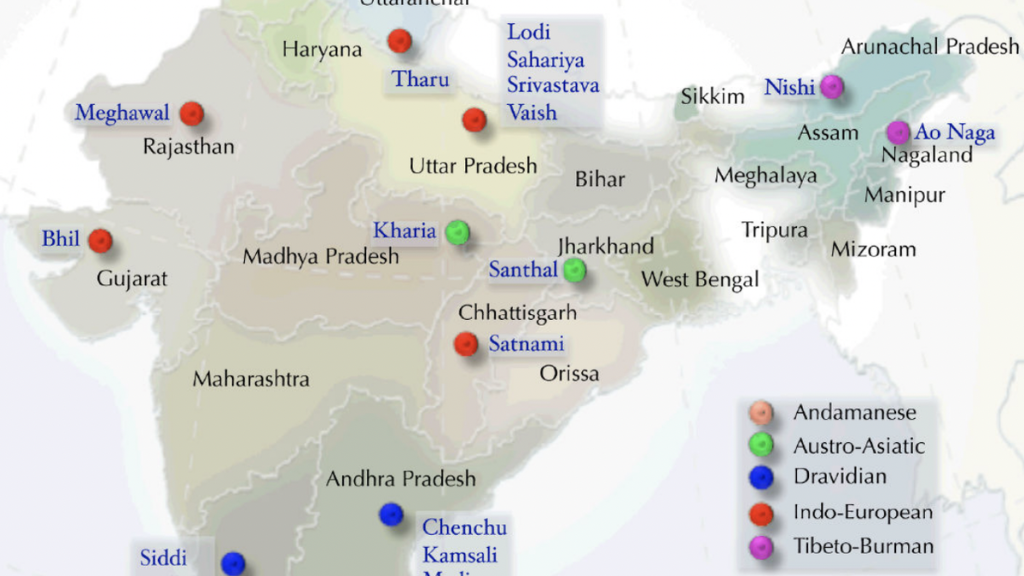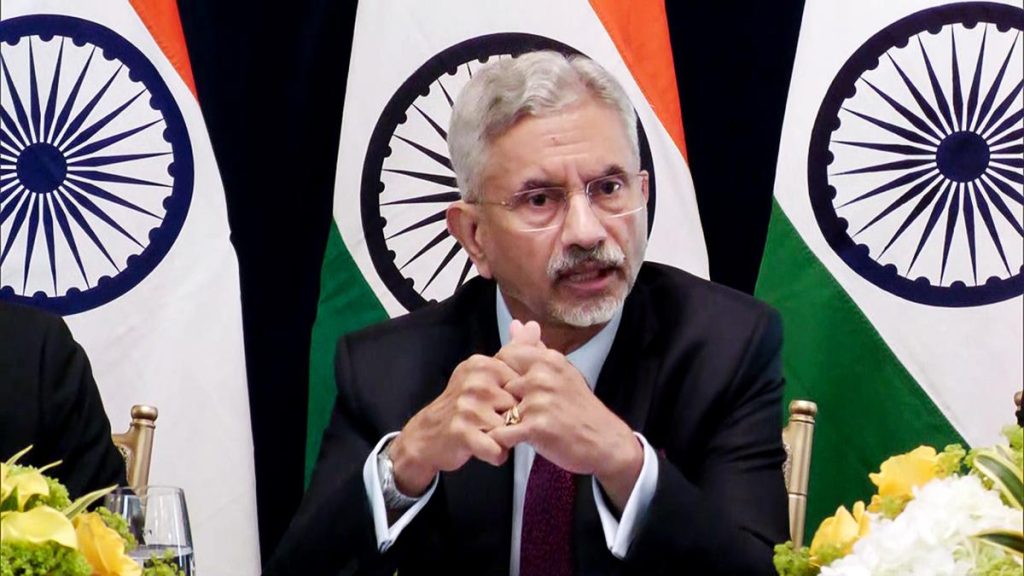Now Reading: India’s Inequality: An In-Depth Look
-
01
India’s Inequality: An In-Depth Look
India’s Inequality: An In-Depth Look

Speedy Summary:
- A World Bank report claims India is one of the world’s most equal countries, with its consumption inequality measured by a low Gini coefficient (0.255 in 2022-23 compared to 0.288 in 2011-12).
- this finding has been criticized, with commentators arguing that income and wealth inequality in India remain high, rising considerably over time.
- Data from the World Inequality Database (WID) shows india’s Gini coefficient for pre-tax income at 0.61 in 2022-23, ranking it among the most unequal economies globally.
- Wealth inequality is even more concentrated, with a Gini coefficient of 0.75; nearly 40% of personal wealth is controlled by just the top 1% of adults.
- Methodological issues regarding consumption surveys (HCES) are raised: comparisons between survey years might potentially be flawed due to changes in data collection standards.
Indian Opinion analysis:
The contrasting narratives on economic equality highlight an urgent need for precision when interpreting data from diverse metrics like consumption vs income or wealth inequality.While reduced consumption inequality could reflect improved living standards among poorer segments, it dose not negate severe disparities in income and wealth concentration – evidenced by WID findings showing critically important dominance by india’s top earners and richest households.
Extreme inequalities may lead to deeper structural challenges such as reduced social mobility and future stagnation if growth disproportionately favors higher-income groups. Policymakers should consider these nuanced indicators when framing economic strategies that truly address equitable growth across all demographics.























